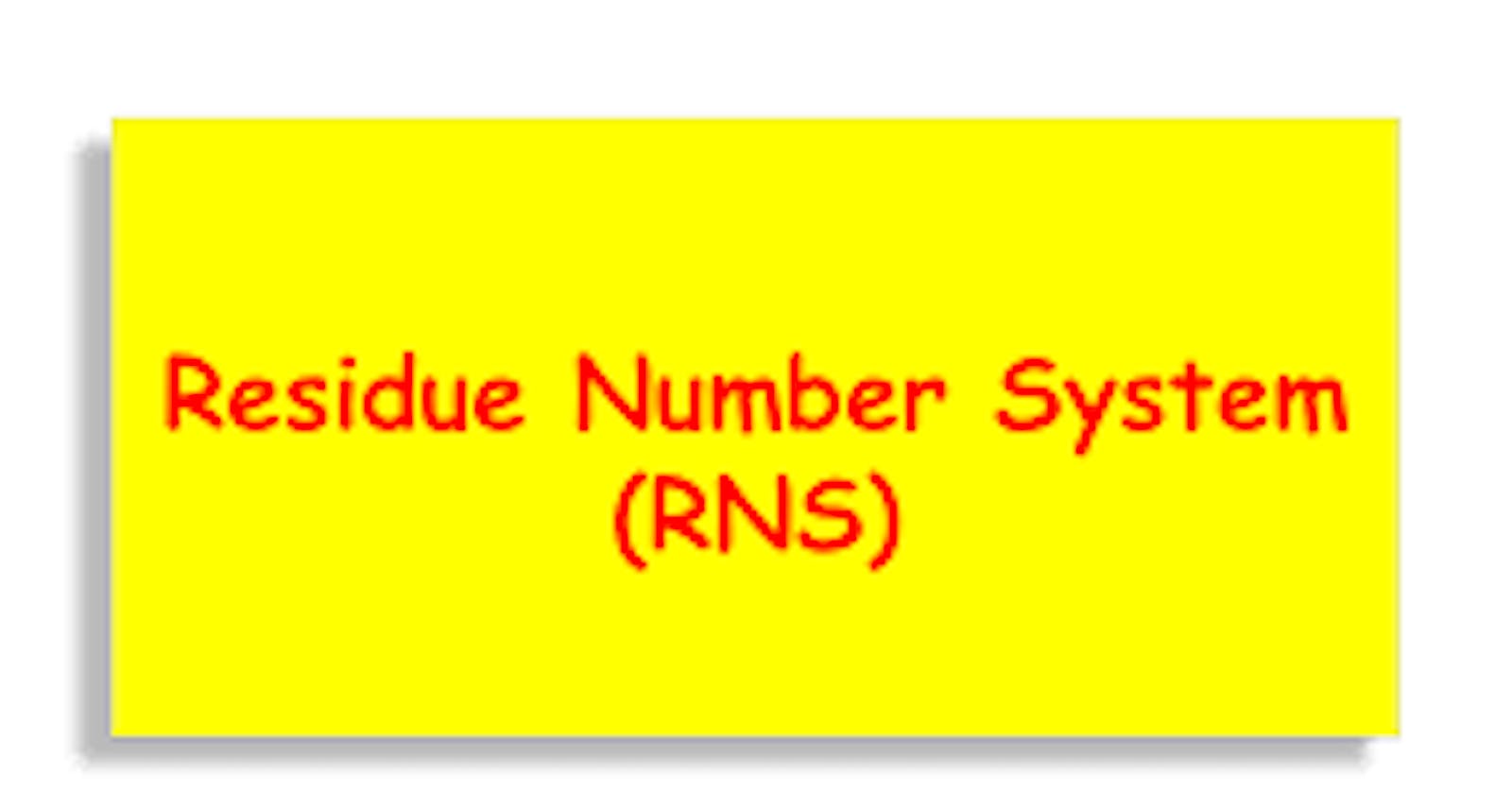Digital Image Watermarking Based on RNS For Intellectual Property Protection
In recent decade, as for daily progress of digital multimedia technologies and daily spread of communication in the world, there has been an increase in challenges, such as copyright protection for content providers. In order to combat this, several methods have been proposed. Perhaps the most popular of these is digital Watermarking method, which does not increase overhead, so it is better than Digital Signature or other methods. Generally, there are several kinds of digital Watermarking Method, such as visible, semi visible, and invisible. Invisible watermarking means to hide an identification code in a cover for exert ownership right that only admissible people can extract this data. But unfortunately, the invisible watermarks can easily be distorted by code obfuscators which may break up all the strings and scatter them around the program. Other attacks such as code motion and loop transformations can be used to distort the watermarks. To overcome this problem, this paper will focus on and propose the way of protect ownership right based on the multilevel-residue number system (RNS), which has significant increasing in robustness and in the security of latency. Residue number system (RNS) is one of the display number systems. This system is an alternative to the traditional weighted numerical system, for applications that require fast mathematical operations of addition and multiplication. A residue number system using the collection of modules as {P1, P2, P3,…, P_n} that all modules are defined positive integers. In this system, every number x is displayed by its residues of a set of modules. That causes the numbers of residue number system are smaller than commonly display and (So) resulting in a smaller functional modules and the calculations are performed with greater speed and less power. Display the range of M is defined for a set of modules that obtained by multiplying all the modules together and after the process of RNS finished for obtaining M, we must have all residue digits and all modules used in the this process. The direction, will be proposed and analyzed in the thesis, is that instead of using a normal identifying code as watermark, it is better to use digital signature as watermark for embedding, because digital signature has reusable ability. The first step is create a digital signature as watermark after it’s created in the second step, make it by multilevel RNS and in the last step, it’s time to embed it in un-use positions of look-up tables. This type of embedding does not increase the area of the system and the embedded signature through a process of conversion and data combination is transferred. If the attacker wants to gained this code and destroy ownership right, first he/she must have numbers conversion module, second he/she must find all residues generated in the system be used. If he/she cannot find even one of the remaining numbers identify the number used in the RNS system is very difficult and almost impossible. The other aim is investigate that on internet network, is MAC address better or Digital signature? As I searched, there is not such investigation about comparing MAC and Digital signature to embedding as a watermark based on RNS and this research may take long time and the result will be written in future reports. The thesis will examine and compare the risks of destroy watermark in images and also analysis some of the proposed RNS modules, indirectly convert binary number system to two levels RNS, directly convert binary number system to two levels RNS and convert RNS to binary number system. The watermarking is not an old field, according to its important usage, and its capacity to match with other techniques, there are many articles about this filed, with title such as: “Watermarking Method Based on Mean-removed Vector Quantization”, “watermarking algorithm based on genetic algorithm (CIWGA)”, “IP (Intellectual Property) watermarking method” and etc. The most comprehensive research about watermarking is a book that named "Digital Watermarking and Steganography, Second Edition" that is belong to Elsevier publisher. But only very few academic articles that used watermarking based on RNS have been published and this field has capacity to more progress.
